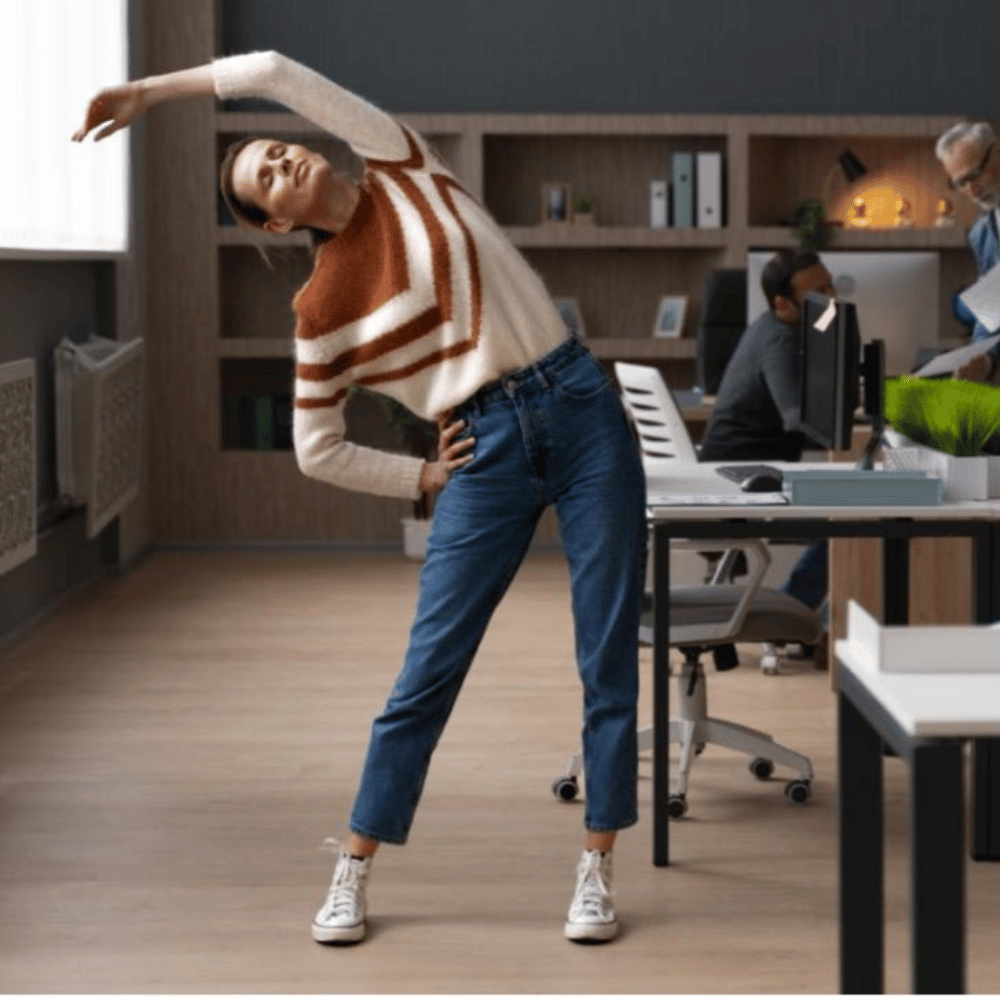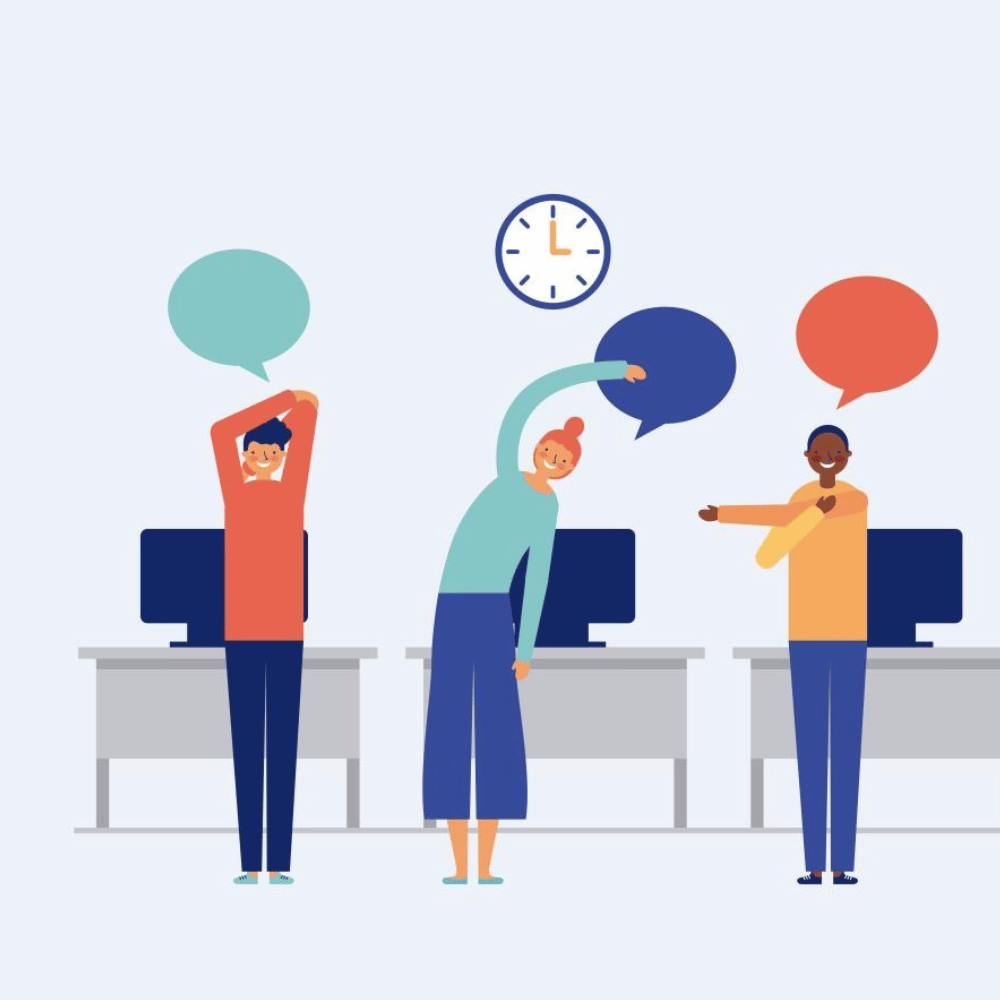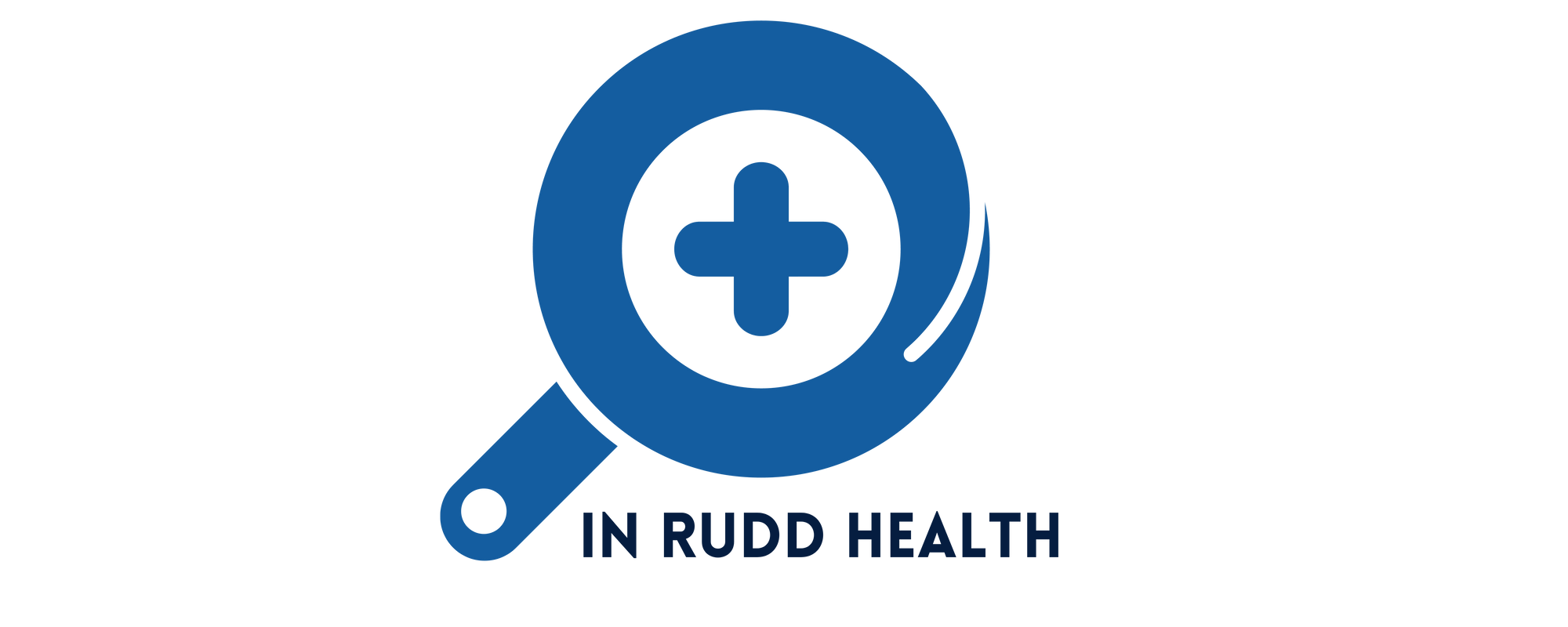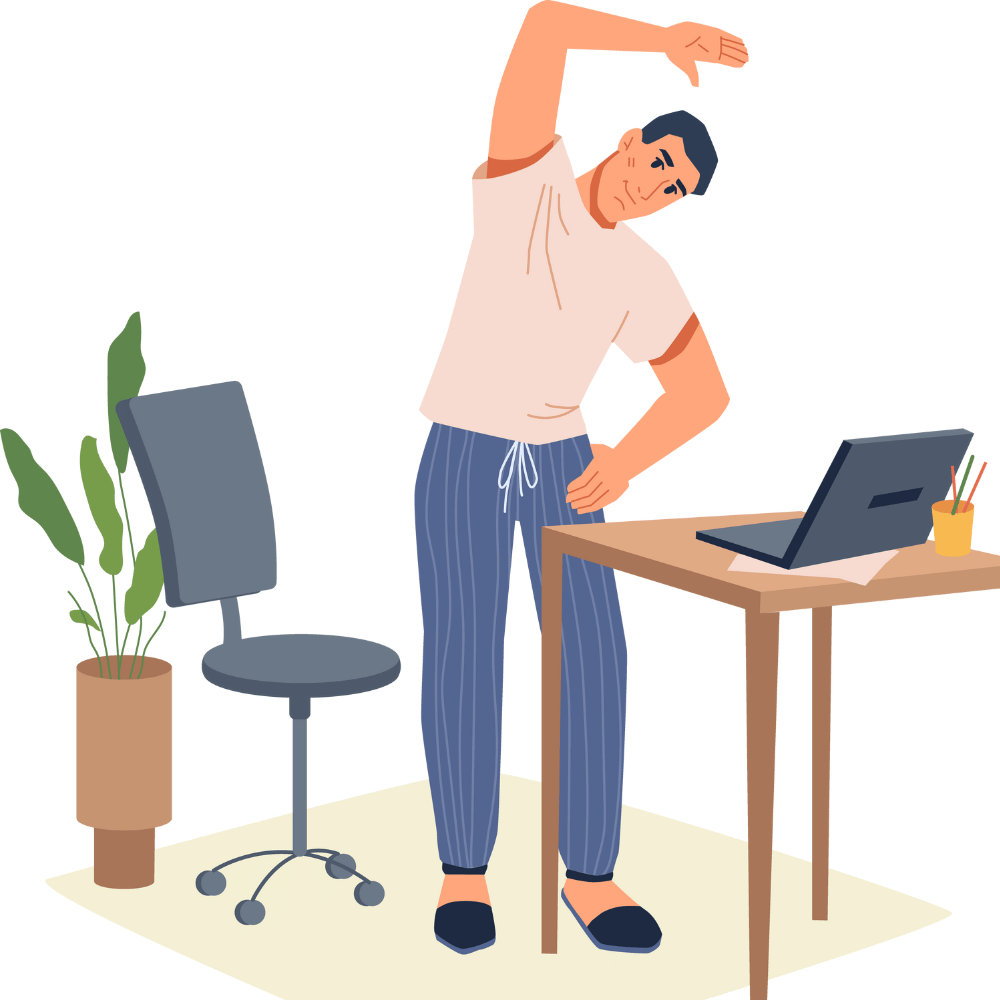
Unveiling the Ultimate Stretches for Professionals
In the dynamic realm of modern office life, where screens and schedules dictate our every move, the transformative potential of "Best Stretches for Office Workers" beckons. The relentless demands of screens, chairs, and tasks can leave our bodies yearning for relief amidst the corporate hustle. But fear not, for within these pages lies a transformative solution – a carefully curated collection of stretches designed to empower office workers to reclaim comfort, agility, and vitality.
As we embark on this journey, prepare to unlock a treasury of rejuvenating stretches, each tailored to counteract the passive effects of office life. Say goodbye to the shackles of stiffness and embrace a newfound well-being. This article is more than a guide; it's a gateway to a healthier, more dynamic office existence. Join us as we unravel the secrets to an enhanced workday through the art of stretching.
Understanding the Need for Office Stretches
The modern work environment, characterized by extended periods of sitting and minimal physical activity, often leads to many physical discomforts and health concerns. This section delves into the critical reasons why incorporating stretches into the daily routine of office workers is not just a luxury but a necessity for maintaining optimal well-being.
Hazards of Prolonged Sitting:
Lengthened sitting has been linked to various health risks, including cardiovascular issues, obesity, and diabetes. It can lead to reduced circulation, muscle stiffness, and an increased risk of injury. Incorporating stretches helps counteract these dangers by encouraging movement and preventing stagnation.
Effects of Poor Posture
Office work often encourages poor posture, resulting in chronic back, neck, and shoulder pain. Poor position can even lead to structural changes in the spine. Stretching to address these posture-related problems can alleviate discomfort and prevent long-term musculoskeletal issues.
Benefits of Regular Stretching
Regular stretching goes beyond flexibility; it enhances the range of motion, reduces injury risks, and improves circulation. It also reduces muscle tension and stress levels and supports mental clarity. By dedicating a few minutes to daily stretching, office workers can combat the adverse effects of sedentary work, promoting physical and psychological well-being.
The upcoming sections will delve into the practical aspects of stretching, offering a selection of stretches designed to provide for the unique needs of office workers. These stretches aim to restore vitality and establish a foundation of well-being, harmonizing with the demands of a professional lifestyle.
Preparing for Safe and Effective Stretching
Here are the essential steps to ensure that stretching is safe and effective. It emphasizes the importance of proper preparation to prevent injuries and enhance the benefits of trying.
Warming Up Before Stretching
Warming up is crucial in preparing the muscles and joints for stretching. It increases blood flow, raises body temperature, and reduces the risk of strains or pulls during stretches. Gentle movements like light cardio or dynamic stretches are ideal for warming the body.
General Guidelines for Safe Stretching
Safe stretching involves maintaining controlled movements without pushing the body too far. It's essential to avoid bouncing or jerking motions, as they can lead to injury. Instead, focus on gradual and steady stretching, holding each position for a comfortable amount of time.
Listening to Your Body
One of the fundamental principles of safe stretching is listening to your body's signals. Back off and adjust the intensity of a stretch that feels painful or uncomfortable. Stretching should feel challenging yet comfortable – never force a stretch beyond your body's limits.
By adhering to these safety and preparation guidelines, you'll set the stage for a productive stretching routine that enhances flexibility, prevents injuries, and contributes to overall well-being.
Essential Stretches for Office Workers

Essential Stretches for Office Workers
Following is the range of stretches specifically curated to address the everyday tension and discomfort experienced by office workers due to prolonged sitting and desk-bound tasks.
1. Neck Stretch:
• Sit or stand up straight.
• Bend your head to the side, bringing your ear towards your shoulder.
• Gently use your hand to apply a slight pull on your head for a deeper stretch.
• Hold for 15-30 seconds on each side.
2. Shoulder Roll
• Stand with your arms by your sides.
• Roll your shoulders in a circular motion, 1st forward for a few rotations, then backward for the same.
• Perform 5-10 rotations in each direction.
3. Upper Trapezius Stretch:
• Sit or stand tall.
• Reach one arm behind your back and hold the opposite side of your head.
• Tilt your head away from the arm being stretched.
• Hold for 15-30 seconds on each side.
Remember to perform these stretches gently and gradually, and stop if you feel any pain or discomfort. Regular neck and shoulder stretches can help alleviate tension and improve flexibility.
Upper Back and Chest Stretches
1. Upper Back Stretch:
• Sit or stand upright.
• Cross your arms in front of your chest, hugging your shoulders.
• Gently round your upper back while keeping your chin slightly tucked.
• Hold the stretch for 15-30 seconds, feeling the stretch in your upper back and the middle of your shoulder blades.
• Release and repeat as needed.
2. Chest Opener Stretch:
• Stand tall or sit up straight on the edge of a chair.
• Hold your hands tightly behind your back, palms facing inward.
• Gently lift your arms away from your body while keeping your shoulders down and back.
• Feel the stretch in your chest and the front of your shoulders.
• Hold for 15-30 seconds and then release.
3. Cat-Cow Stretch:
• Start on your hands and knees in a tabletop position.
• Inhale as you bow your back, drop your belly, and lift your tailbone (cow pose).
• Exhale as you round your back, pushing your chin to your chest and drawing your belly button towards your spine
.
• For a few cycles, repeat the movement between the cat and cow poses
Perform these stretches gently and smoothly, avoiding any sudden movements. Incorporating upper back and chest stretches into your routine can improve upper body mobility and comfort.
1. Child's Pose:
• Set on your hands and knees in a tabletop position.
• Sit back on your heels, drawing your arms forward and lowering the chest toward the floor.
• Feel the stretch in your lower back and hips.
• Hold the position for 20-30 seconds while breathing deeply.
2. Pigeon Pose:
• Begin in a push-up position.
• Bring your right knee forward and place it after your right wrist, angling your right ankle toward your left hip.
• Extend your left leg behind you.
• Sink your hips toward the floor, feeling the stretch in your right hip and glutes.
• Hold for 20-30 seconds on each side.
3. Seated Forward Fold:
• Sit on the floor with your legs stretched out in front of you.
• Hinge at your hips and reach your hands toward your feet.
• Keep your spine long and avoid rounding your back.
• Feel the stretch in your hamstrings and lower back.
• Hold for 20-30 seconds.
1. Standing Hamstring Stretch:
• Stand up straight and extend one leg before you, toes pointed upward.
• Hinge at your hips and reach your hands towards your extended foot, keeping your back straight.
• Feel the stretch in the back of your extended leg.
• Hold for 20-30 seconds on each leg.
2. Quad Stretch:
• Stand on one leg and bend your opposite knee, bringing your heel towards your glutes.
• Hold your ankle with your hand on the same side.
• Feel the stretch in the front of your thigh.
• Hold for 20-30 seconds on each leg.
3. Calf Stretch:
• Stand facing a wall and place your hands on the wall at shoulder height.
• Step one leg back and press your heel down, keeping your back leg straight.
• Feel the stretch in your calf.
• Hold for 20-30 seconds on each leg.
Prolonged sitting can lead to tight hamstrings and leg muscles. Seated hamstring and standing calf stretches help maintain leg flexibility and prevent stiffness.
1. Wrist Extension Stretch:
• Extend one arm in front of you with your palm facing down.
• Use your opposite hand to bend your extended fingers and wrist backward gently.
• Feel the stretch along the top of your wrist and forearm.
• Hold for 15-30 seconds on each hand.
2. Wrist Flexion Stretch:
• Extend one arm in front of you with your palm facing up.
• Use your opposite hand to bend your extended fingers and wrist downward gently.
• Feel the stretch along the underside of your wrist and forearm.
• Hold for 15-30 seconds on each hand.
3. Finger Stretch:
• Extend one arm in front of you with your palm facing up.
• Pull each finger of your extended hand individually, stretching them away from your palm.
• Feel the stretch along your fingers and palm.
• Hold each finger stretch for a few seconds.
4. Circles:
• Extend your arms in front of you or rest them on a surface.
• Slowly rotate your wrists in circular motions, first clockwise and then counterclockwise.
• Perform 5-10 rotations in each direction.
5. Clasp and Stretch:
• Clasp your hands together in front of you, palms facing away.
• Gently stretch your fingers by pressing your palms away from your body.
• Feel the stretch in your wrists, hands, and fingers.
• Hold for 15-30 seconds.
Given the prevalence of typing and mouse usage, wrist and hand stretches are essential. Wrist flexor, extensor, and finger stretches can alleviate wrist strain and improve flexibility.
Incorporating these stretches into your routine effectively combats the adverse effects of sedentary office work, promoting physical comfort and overall well-being.
Beyond the Office: Stretches for Relaxation
Beyond the confines of the office lies an opportunity to further nurture your well-being through stretches designed to promote relaxation and rejuvenation as the day winds down; engaging in stretches tailored to relaxation can provide a welcome release from accumulated stress and tension. Evening relaxation stretches, carefully crafted to ease muscle tightness and encourage mental calmness, can become a soothing ritual that transitions you from work mode to peace. During weekends or off days, dedicating time to recovery is equally vital.
Incorporating stretches that target the entire body – from head to toe – can alleviate any lingering strain and contribute to a revitalized sense of energy. Moreover, recognizing the interconnectedness of mind and body, stress-relieving stretches that combine gentle movement and deep breathing offers an effective strategy for physically and mentally unwinding. Embracing these stretches beyond the office environment serves as a reminder that nurturing your well-being is a continuous journey beyond the confines of your desk and into the realm of holistic relaxation and rejuvenation.
Additional Tips for Office Wellness

This section provides valuable insights on optimizing your office environment and routine to enhance your well-being beyond stretching further.
- Ergonomic Workspace Setup Creating an ergonomic workspace is essential for preventing discomfort and strain. Adjust your chair height, monitor position, and keyboard alignment to ensure a neutral and comfortable posture that supports your body's natural alignment.
- Combining Stretching with Movement Incorporate short breaks for stretching and movement throughout the day. Stand up, walk around, and perform simple stretches to maintain blood circulation and prevent stiffness.
- Staying Hydrated and Taking Breaks Proper hydration and orderly breaks are essential for maintaining focus and preventing burnout. Set reminders to drink water and pause briefly to stretch or relax your eyes to sustain productivity and comfort.
By implementing these additional wellness strategies into your daily routine, you'll create a more conducive and supportive environment for your overall health while navigating the demands of office work.
Conclusion
In the symphony of office life, where tasks and technology often monopolize our attention, the power of simple stretches emerges as a harmonious note of well-being. These carefully selected stretches, tailored for office workers, hold the key to unlocking comfort and vitality amidst the demands of the desk. By embracing these movements, we open the door to a world where stiffness gives way to suppleness and stress yields serenity. Remember, this journey isn't just about physical flexibility; it's a testament to the equilibrium between productivity and self-care. As you weave these stretches into your daily routine, envision an office experience where your body and mind flourish in unison – a testament to the remarkable transformation a few minutes of mindful stretching can achieve.


